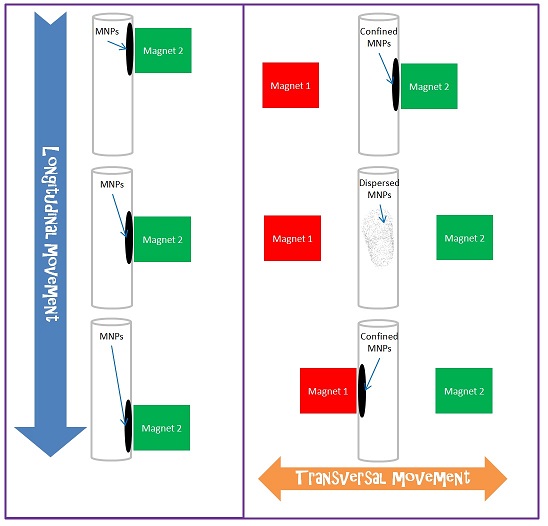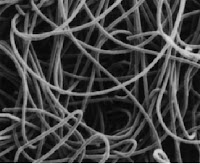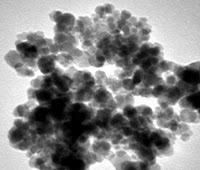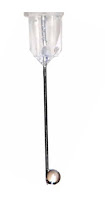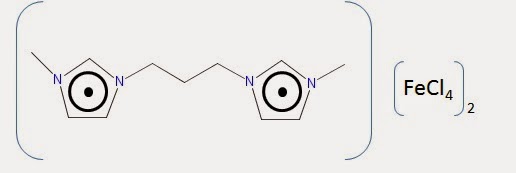Laser desorption combined with SPME for GC-MS analyses
We highlight today an article that describes the combination of laser desorption and solid phase microextraction (SPME) for the analysis of solid samples. The article has been published in Rapid Communications in Mass Spectrometry under the title " Laser desorption sample transfer for gas chromatography/mass spectrometry" (1) . It is not necessary to describe the potential of SPME since it is a well established technique in almost every analytical laboratory. Despite its potential, SPME is the focus of an intense research and its direct combination with mass spectrometry (MS) or its in-vivo applications are strongly remarkable. Our colleagues, from the Louisiana State University, have proposed an innovative approach that allows the isolation of target compounds from solid samples followed by their preconcentration in a conventional SPME fiber. The manifold proposed is quite simple. First of all, the sample (solid or liquid) is deposited in a metal target. A laser radiati
